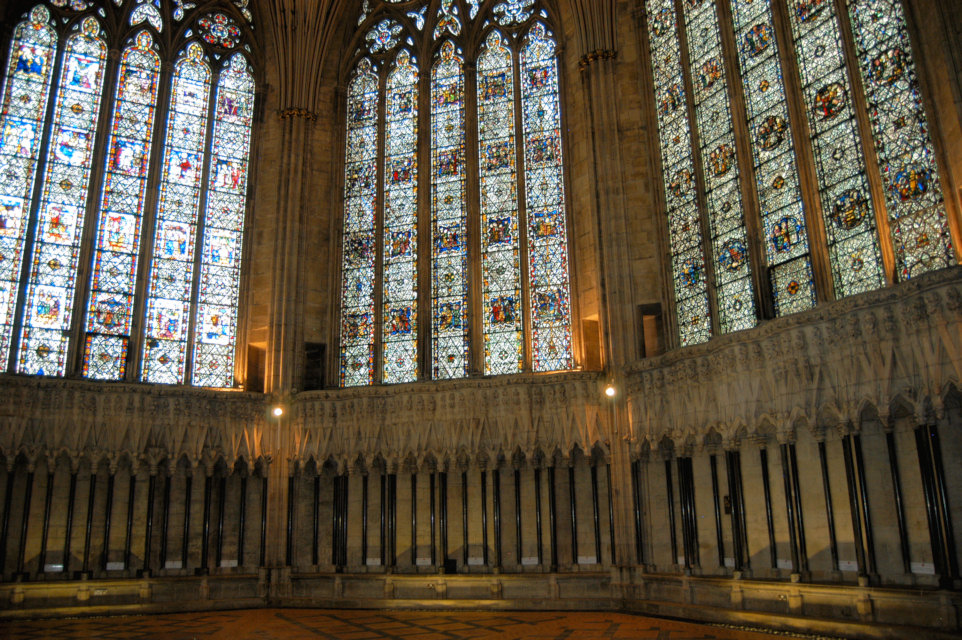 The signs of this tender love could be seen everywhere as medieval man sought to express the infinite perfections of Christ through tangible symbols. Indeed, love seeks nothing except to give itself and to communicate the riches it enjoys.
The signs of this tender love could be seen everywhere as medieval man sought to express the infinite perfections of Christ through tangible symbols. Indeed, love seeks nothing except to give itself and to communicate the riches it enjoys.
Thus, Taylor observes, “And the same need of grasping the infinite and universal through symbols was the inspiration of medieval art: it built the cathedrals, painted their windows, filled their niches with statues, carving prophet types, carving the times and the seasons of God’s providence, carving the vices and virtues of the soul and its eternal destiny, and at the same time augmenting the Liturgy with symbolic words and acts.”*
* Henry Osborn Taylor, The Medieval Mind: A History of the Development of Thought and Emotion in the Middle Ages (New York: Macmillan, 1919), 1:21. Henry Osborn Taylor sees this movement as a poetic development of what medieval man received from patristic Christianity: “So saint and poet and artist-craftsman join in that appropriation of Christianity which was vivifying whatever had come from the Latin Fathers, by pondering upon it, loving it, living it, imagining it, and making it into poetry and art” (ibid).
John Horvat II, Return to Order: From a Frenzied Economy to an Organic Christian Society—Where We’ve Been, How We Got Here, and Where We Need To Go (York, Penn.: York Press, 2013), 336.













